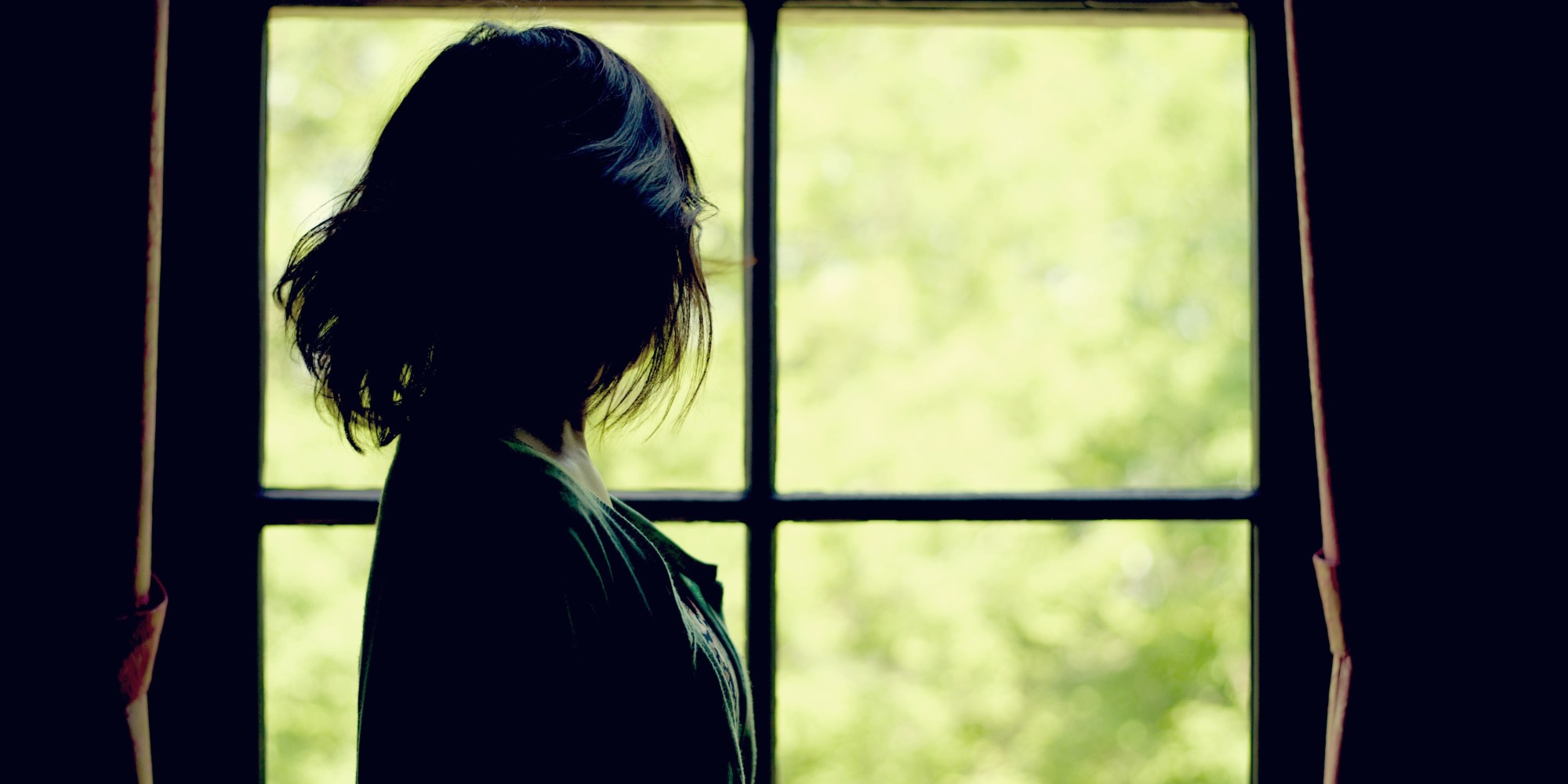One thing I am glad of, in returning home, is that there is no need to feel trapped. My father’s house looks from one hill to another, over the valley of my hometown which nestles itself comfortably in the Pennines. I have attempted to create in my college room before; a process that left so many loose threads, and I mean this literally, around my room that it perhaps could have been interpreted as a spider-inspired performance piece. Reflecting on this now seems very cramped compared to such a perspective over the Yorkshire countryside. However, my college room is generally reserved for sleeping, with my creativity being rooted in the white walls and grey floors of the studio. I have not created in a space that resembled a home since I was 16, truthfully. Most of the places I have called my studio have borne striking similarities with each other, and I wouldn’t hesitate to say most art institutions.
The luxury of having a sofa again is certainly something that inhibited the desire for creativity over the holiday. However, with the term commencing, the necessity to start creating again has left me with a struggle to view my home as a workspace. Art spaces have cultivated the white cube mode of presentation as the standard, and while there is deviation from it, it is often a deviation that needs justification. With gallery spaces and art schools across the globe closed, we have been denied access to these spaces of artistic authority. Creativity has never been so well marketed, with institutions requiring methods of interaction that surpass the privilege of physical viewership. Digital dissemination of artwork has increased, with new online film festivals and online gallery tours abound. Because of this, interaction with contemporary art has never been so accessible. Not only this, but there has been an increase in independent creatives over the last decade, with platforms like YouTube and Instagram allowing artists to engage and cultivate an audience outside of an art market and its ingrained hierarchies.
Beyond this this interaction between digital artworks and non-physical audiences, is the question of traditional artworks – painting and sculpture – which also still require platforms for interaction. This necessitates alternate modes of display, ones that require authority from beyond that of the white cube gallery space. Questions of curatorship and the exhibition have been key concerns within artistic display since the 1960s, with biennales and the large-scale exhibition attempting to tackle traditional display. This involved more site-specificity and artworks that were created in situ. These ties between art and the place of presentation must be raised again, as opposed to emulating installation gallery shots, we should embrace the enhanced relationships between creation and presentation. Rosalind Krauss asserted that modern sculpture was nomadic, with its pedestal separating it from its immediate surroundings, thereby untethering it from the institution of its display. However, denied from formal modes of exhibition (the sculptures pedestal), art has a requirement to engage with its surroundings, rooting it in the limitations of our current situation. Emulation of the inaccessible public space is a refusal to embrace the new authority that our homes have been afforded within the art world.
The heightened interaction with the art world through digital media offers a new dispersal of artistic authority, with art institutions now engaging with the same platforms as independent artists. We are dependent on our homes and its interaction with our creative spaces, with the limitations of it defining our art objects. While this may demand streamlined approaches to our art, it does not demand a less experimental practice. Traditional methods of assignment of artistic weight upon an object are unavailable, and so the art space has expanded. Though digital media appears to hold the socially distanced exhibition, the situation of artwork beyond the camera is one that is now being offered a new sense of import. Creativity in quarantine does not necessitate a narrowing of ideas; rather allowing for artists to reclaim the authority of display. Art galleries, through the use of the white cube, have removed the human body from spectatorship. No longer a public gathering space, the gallery engages its own hierarchy and etiquette. Without traditional competition, there has never been a better opportunity for artists and curators to engage new relationships with the artist, environment and records.



